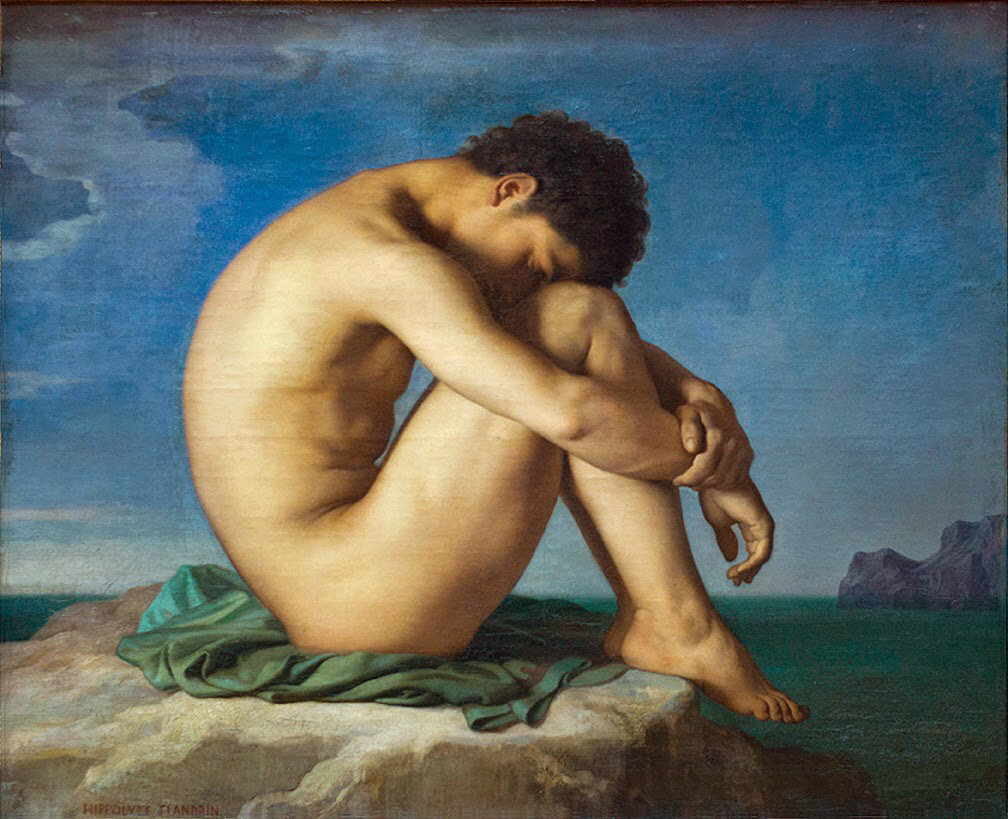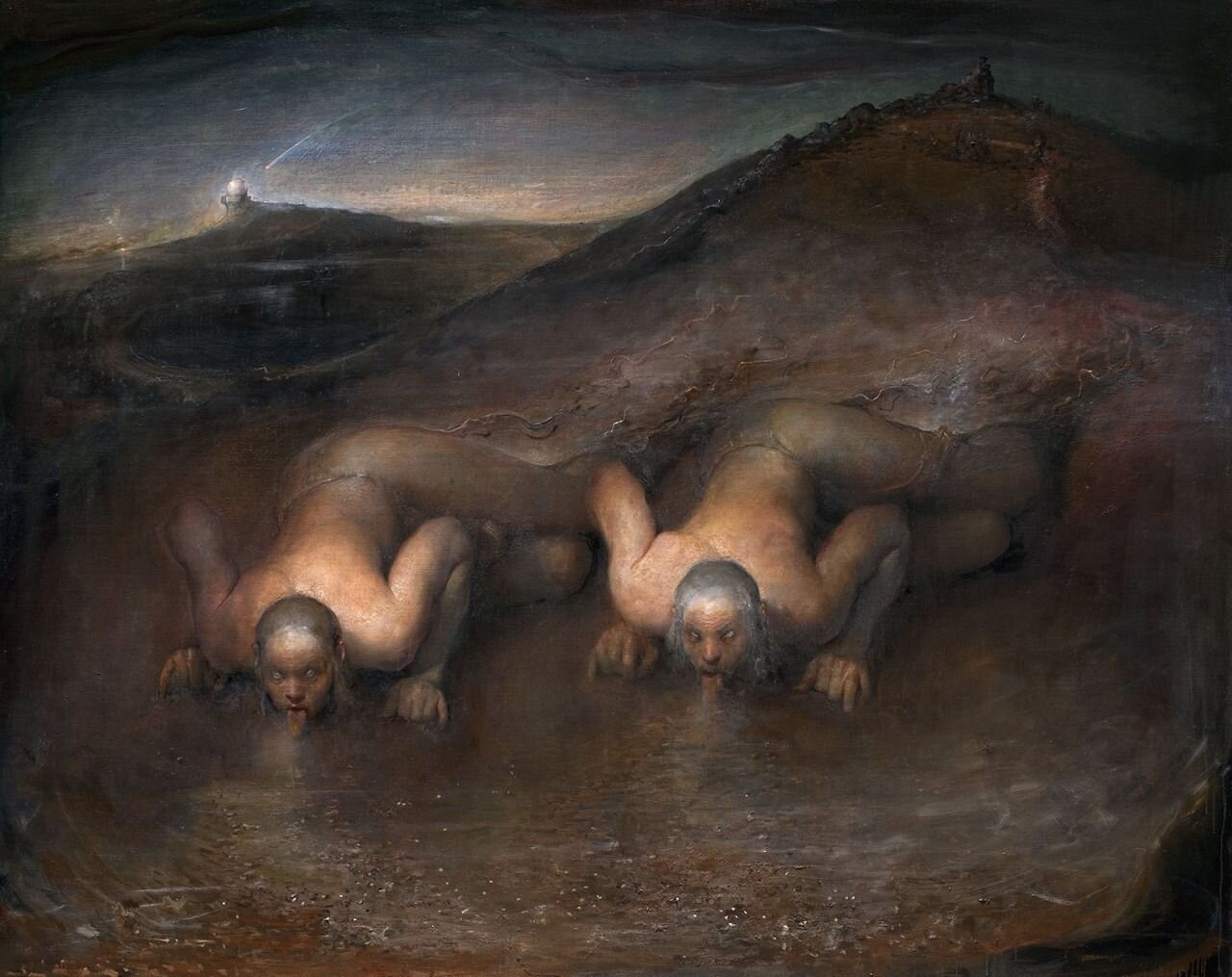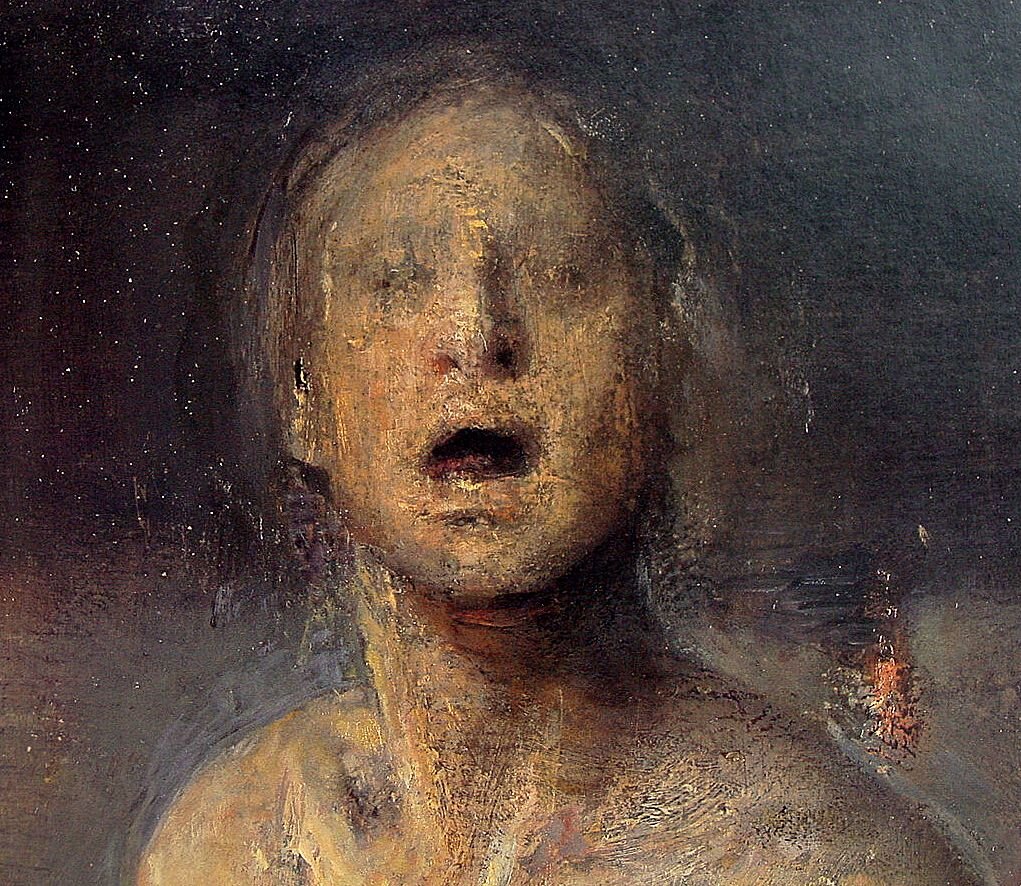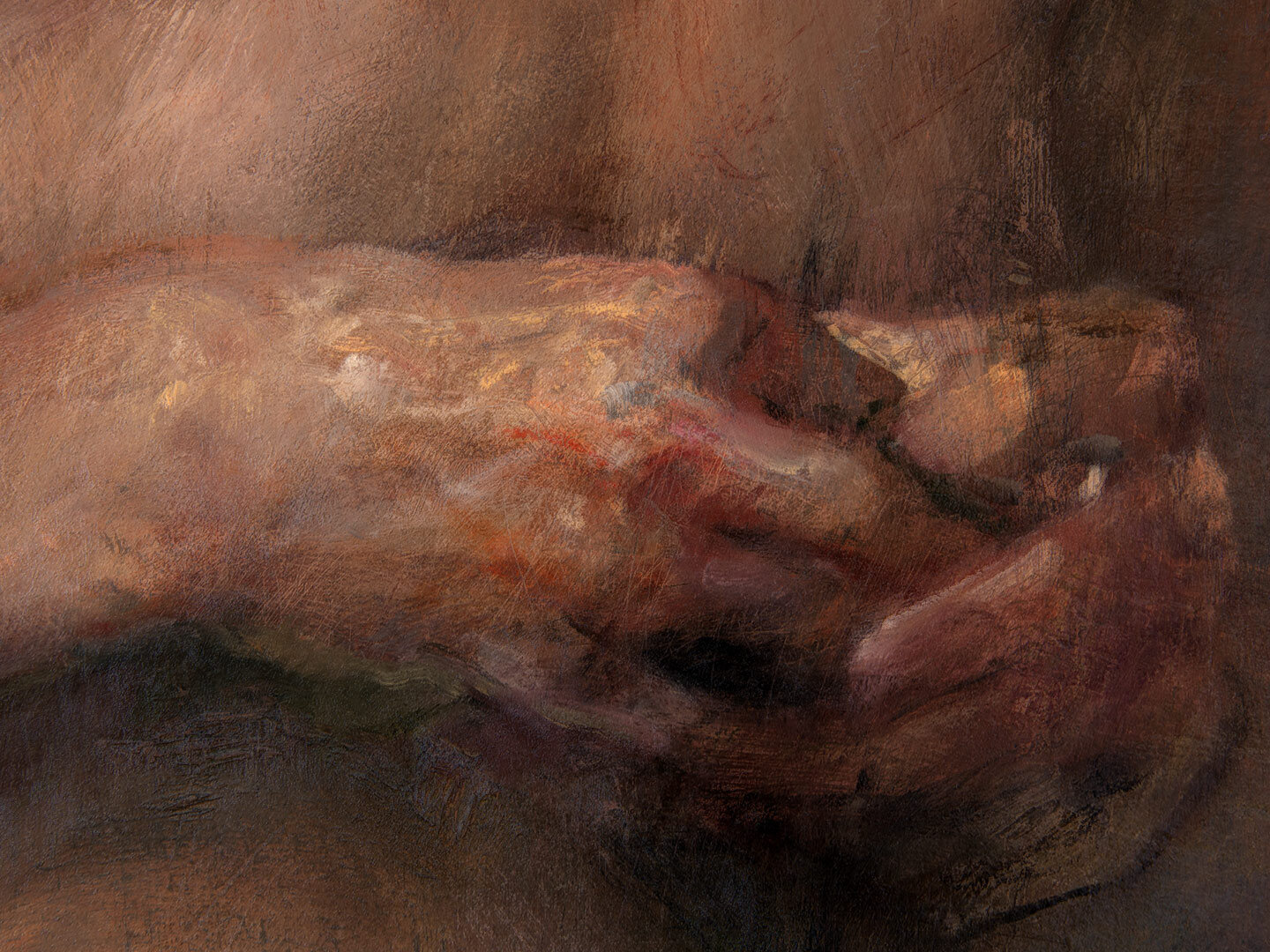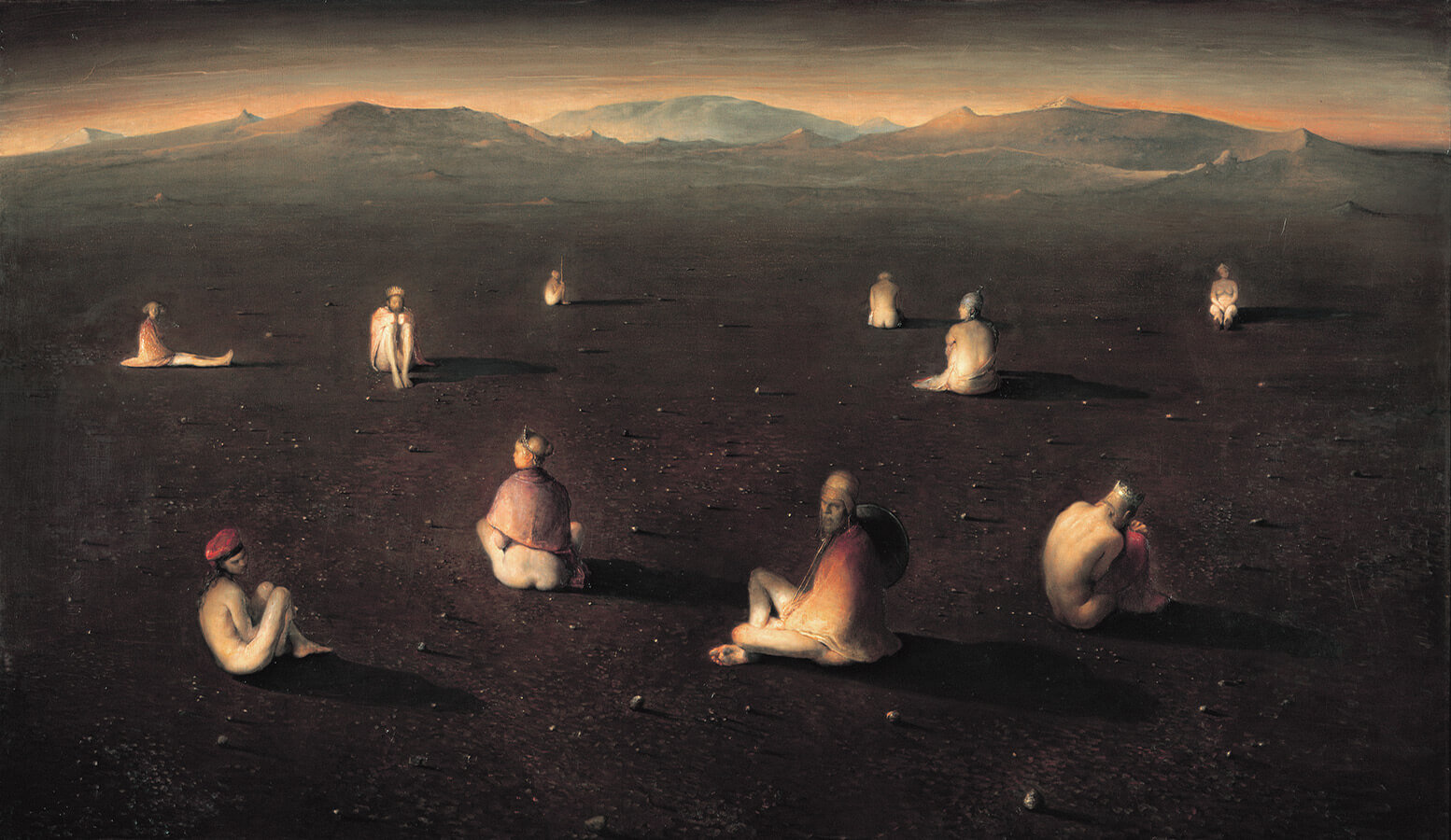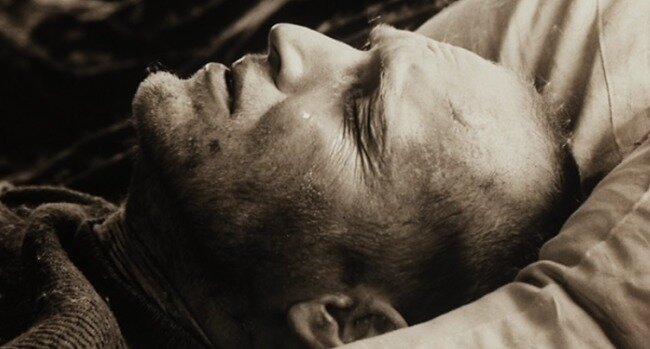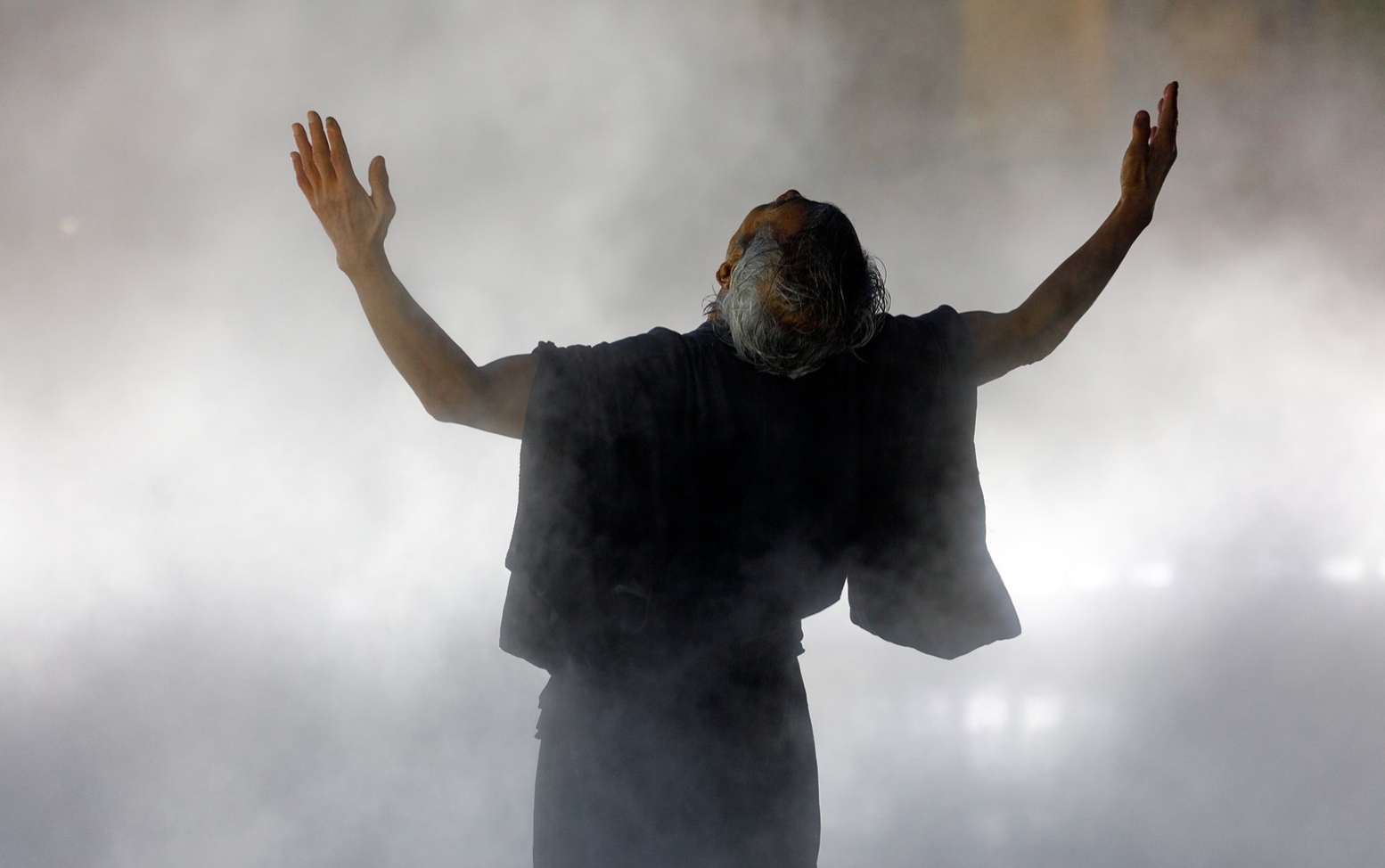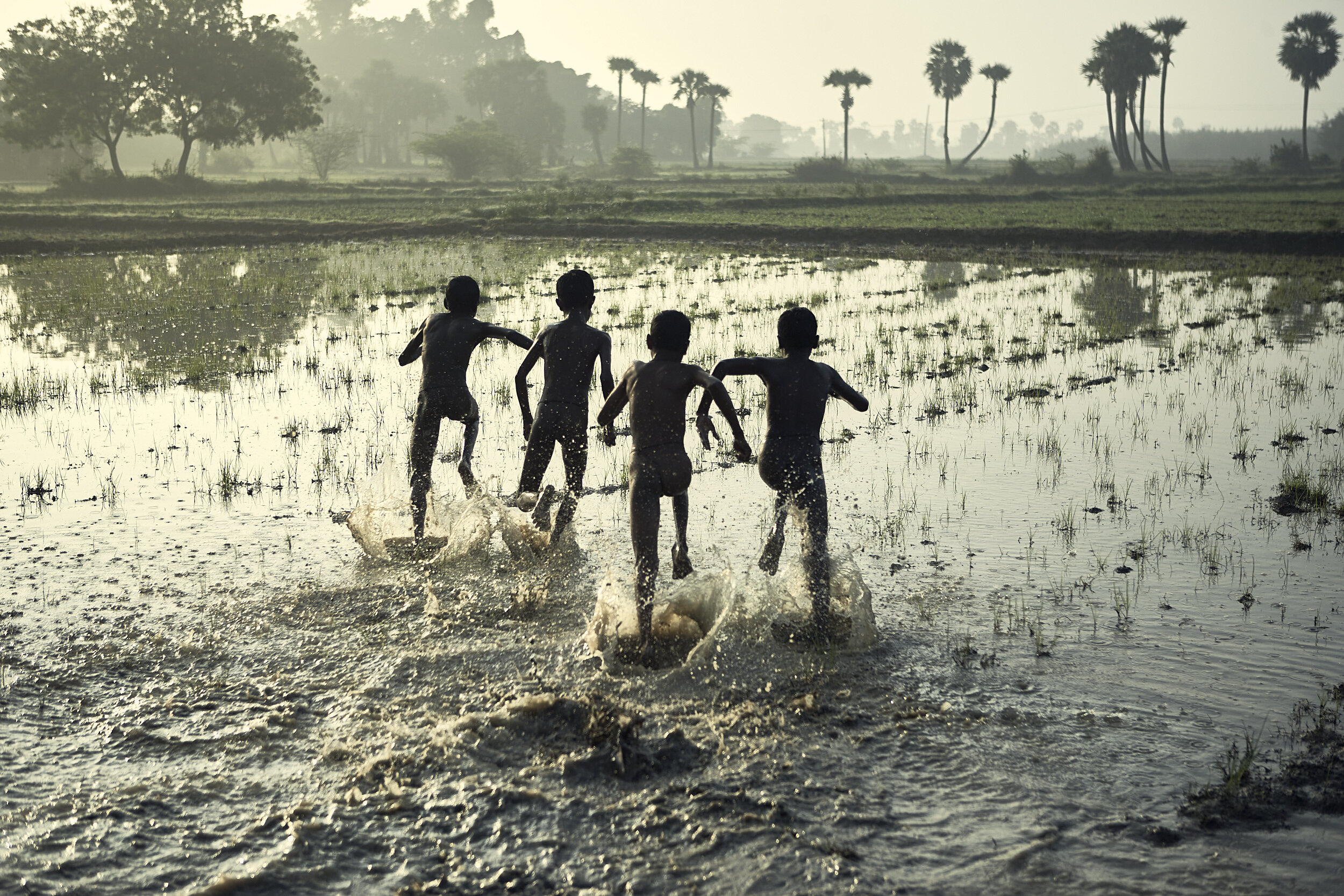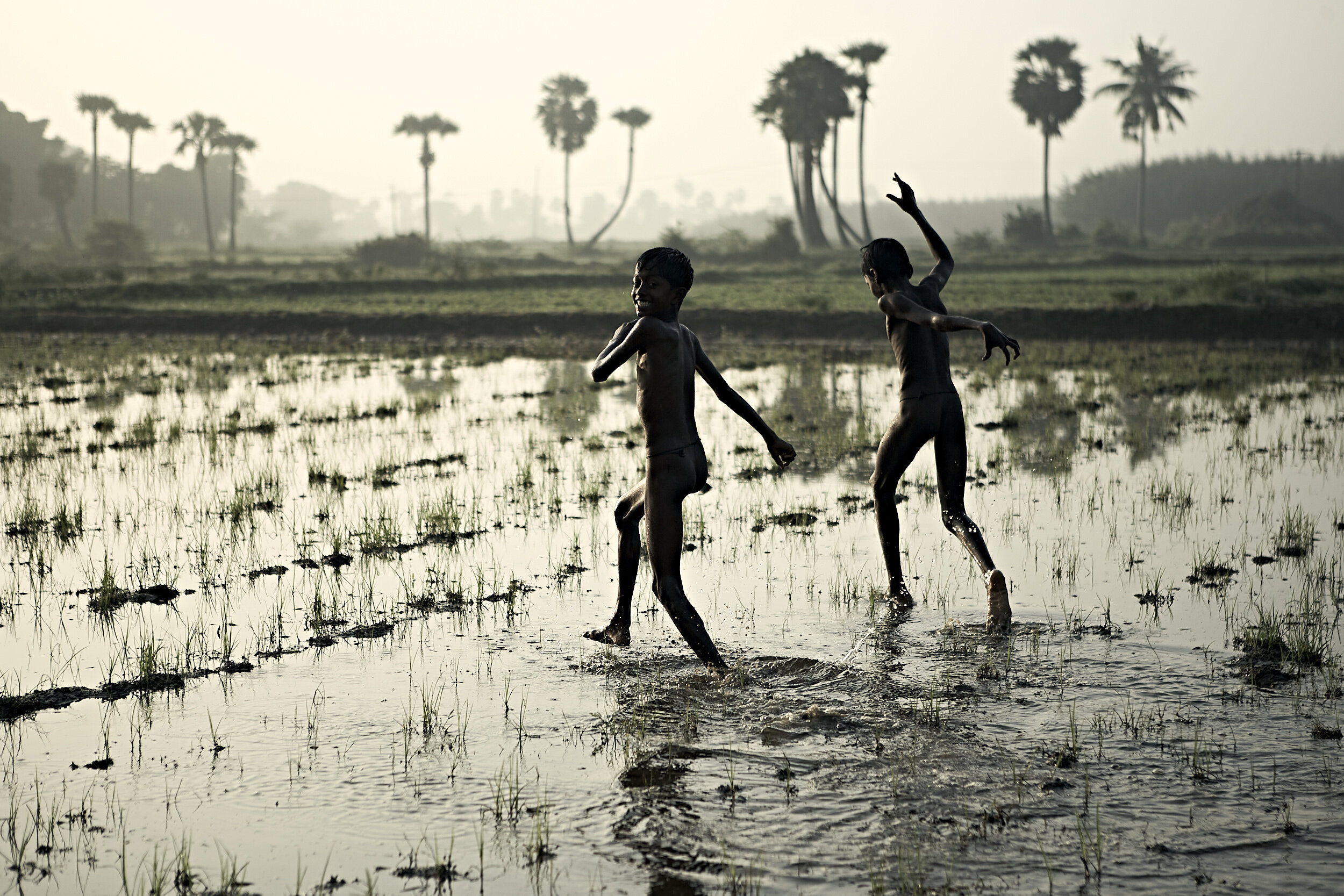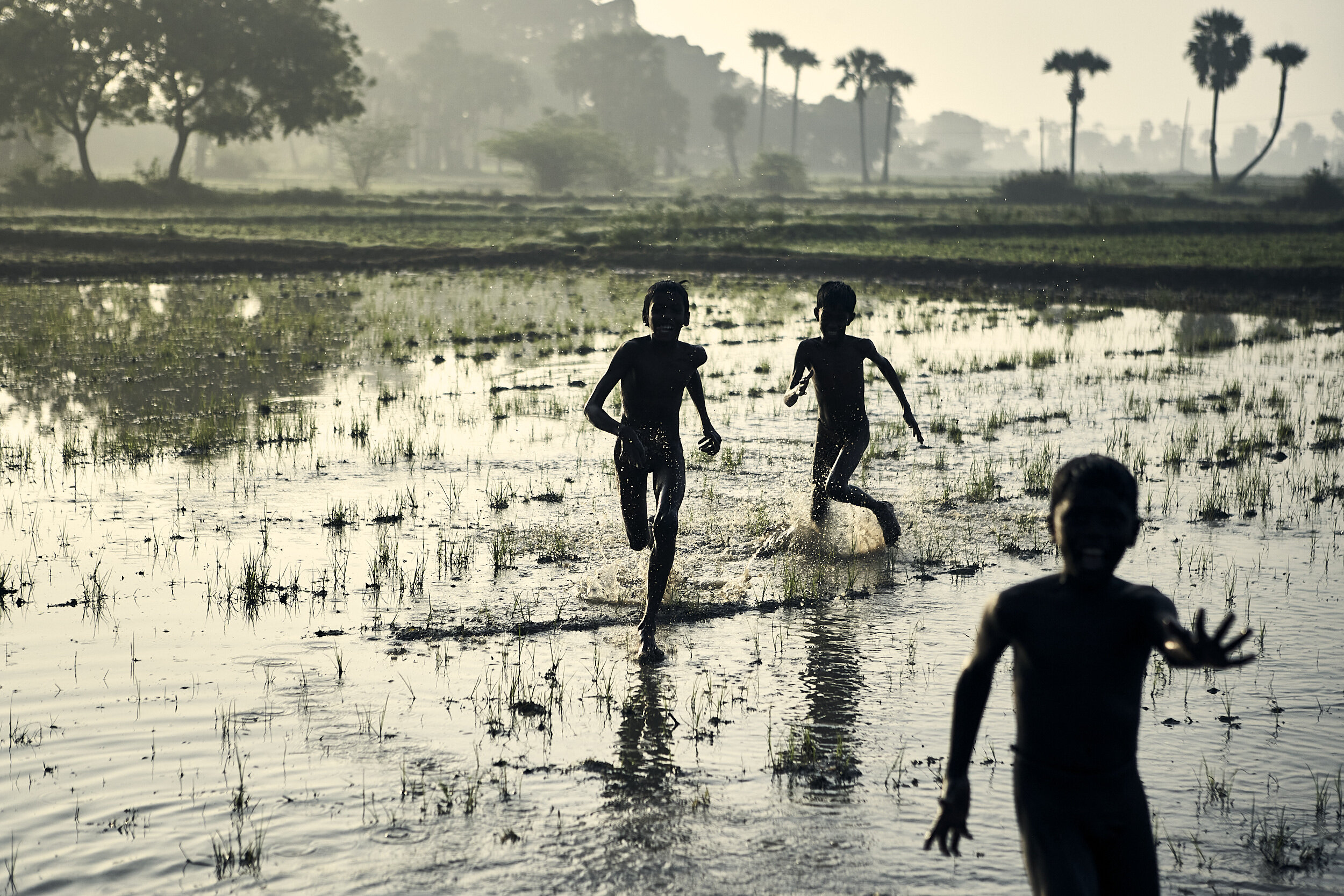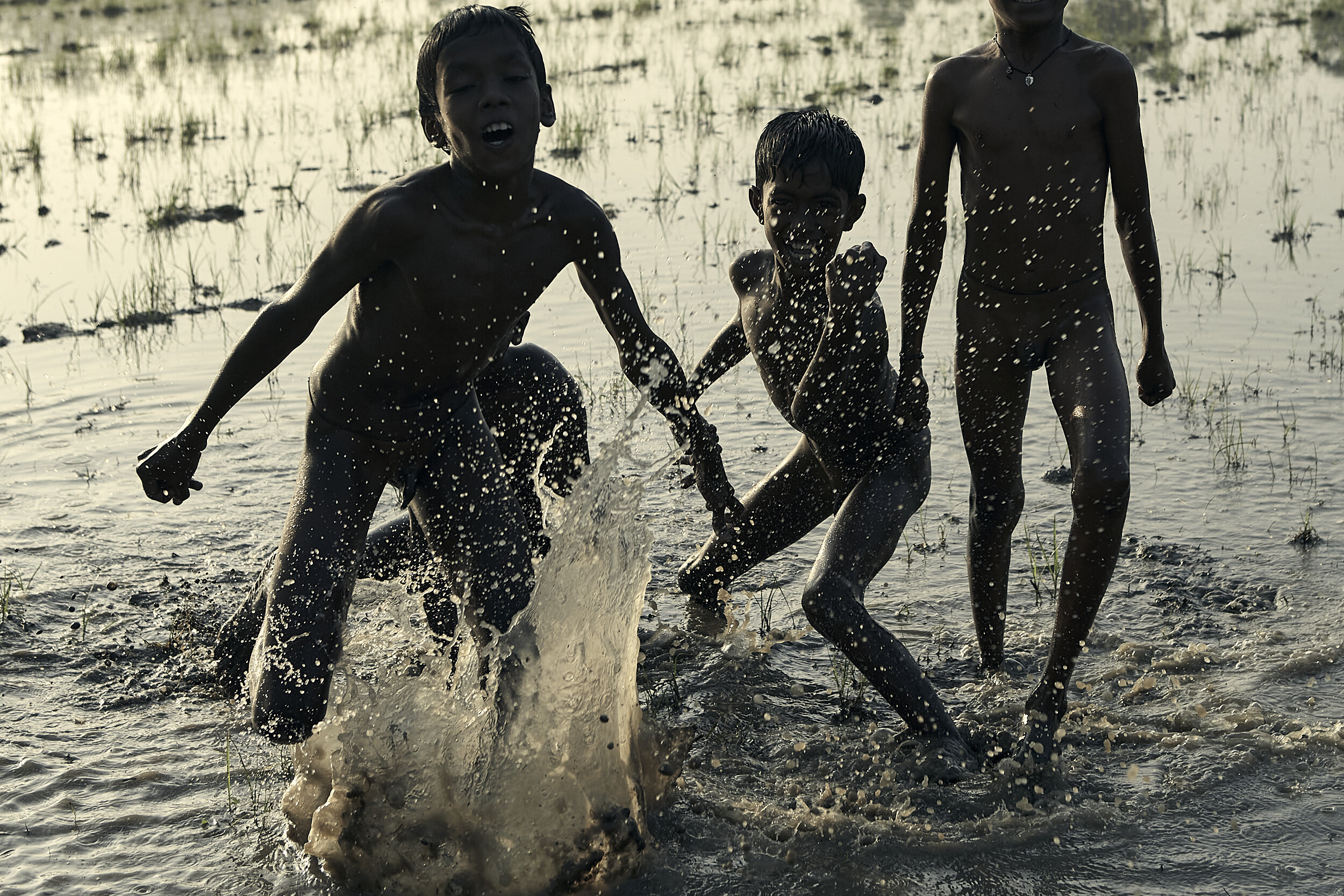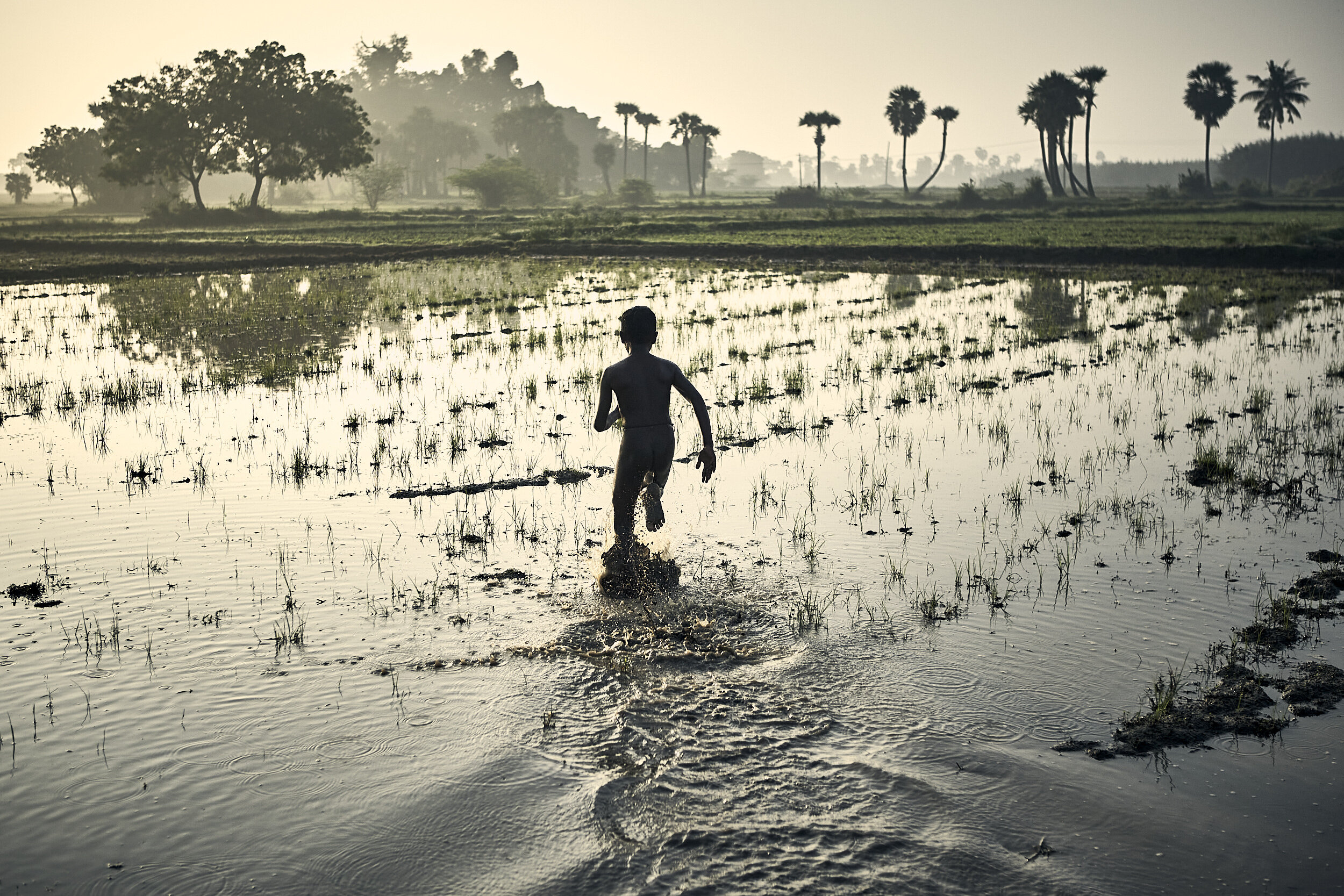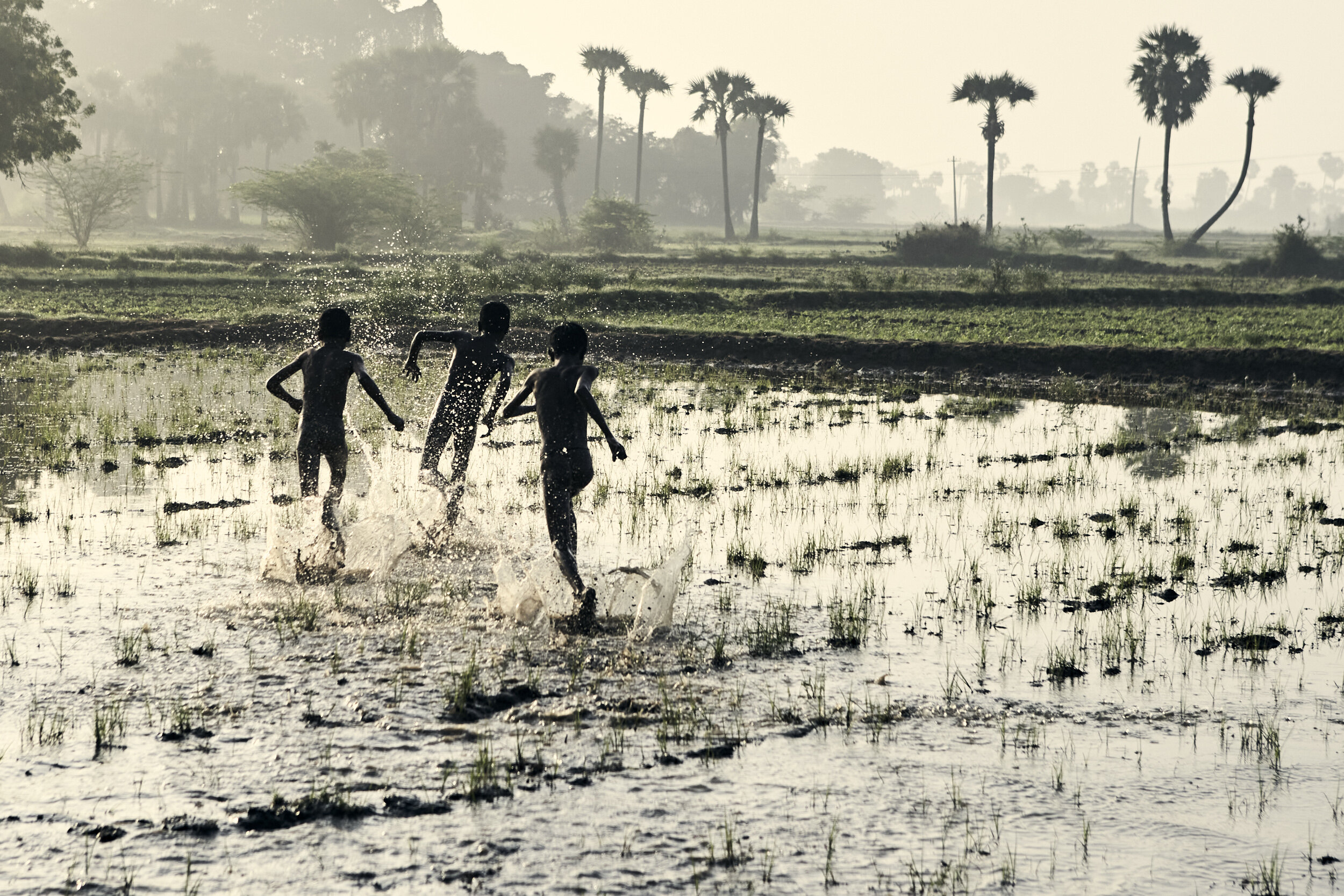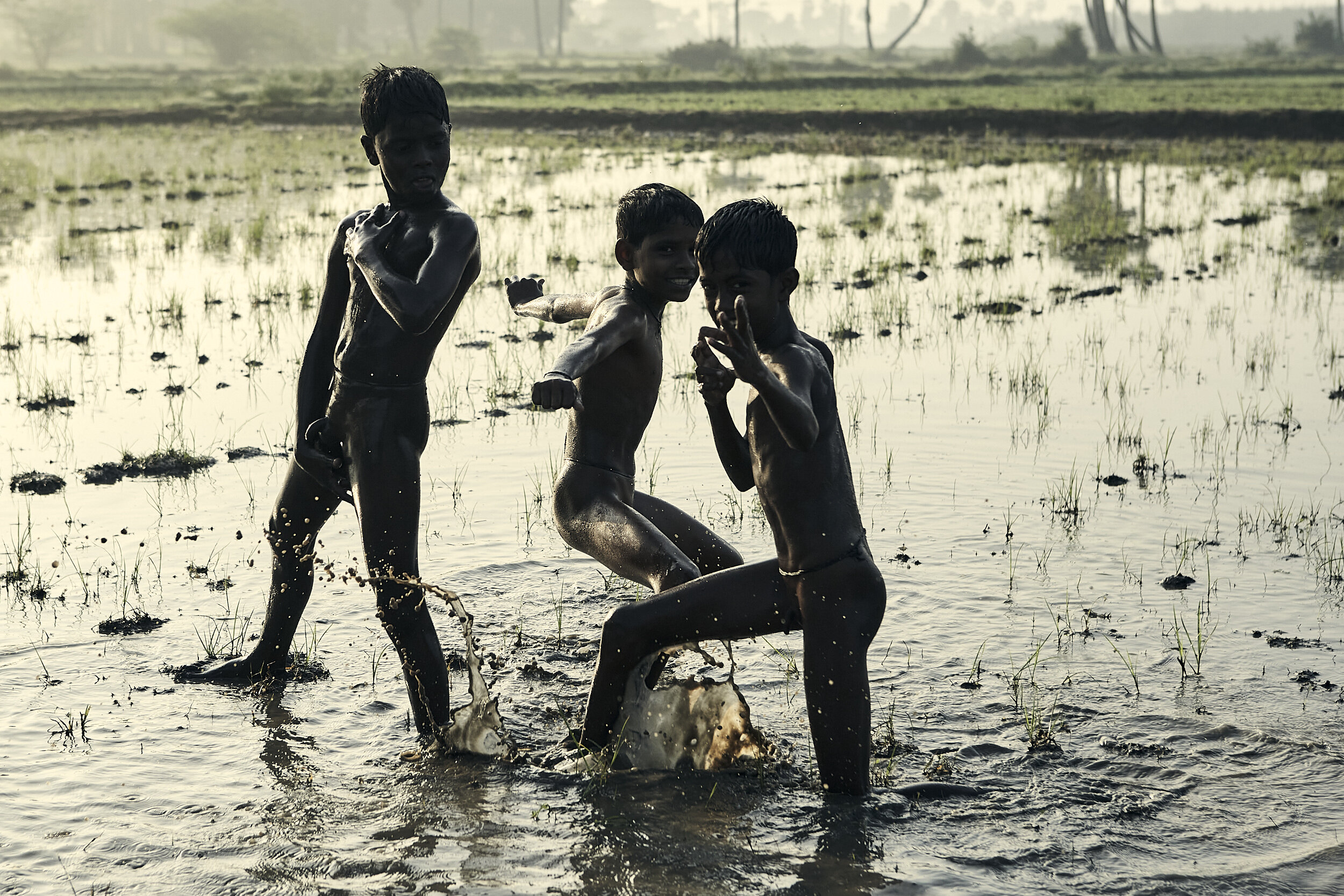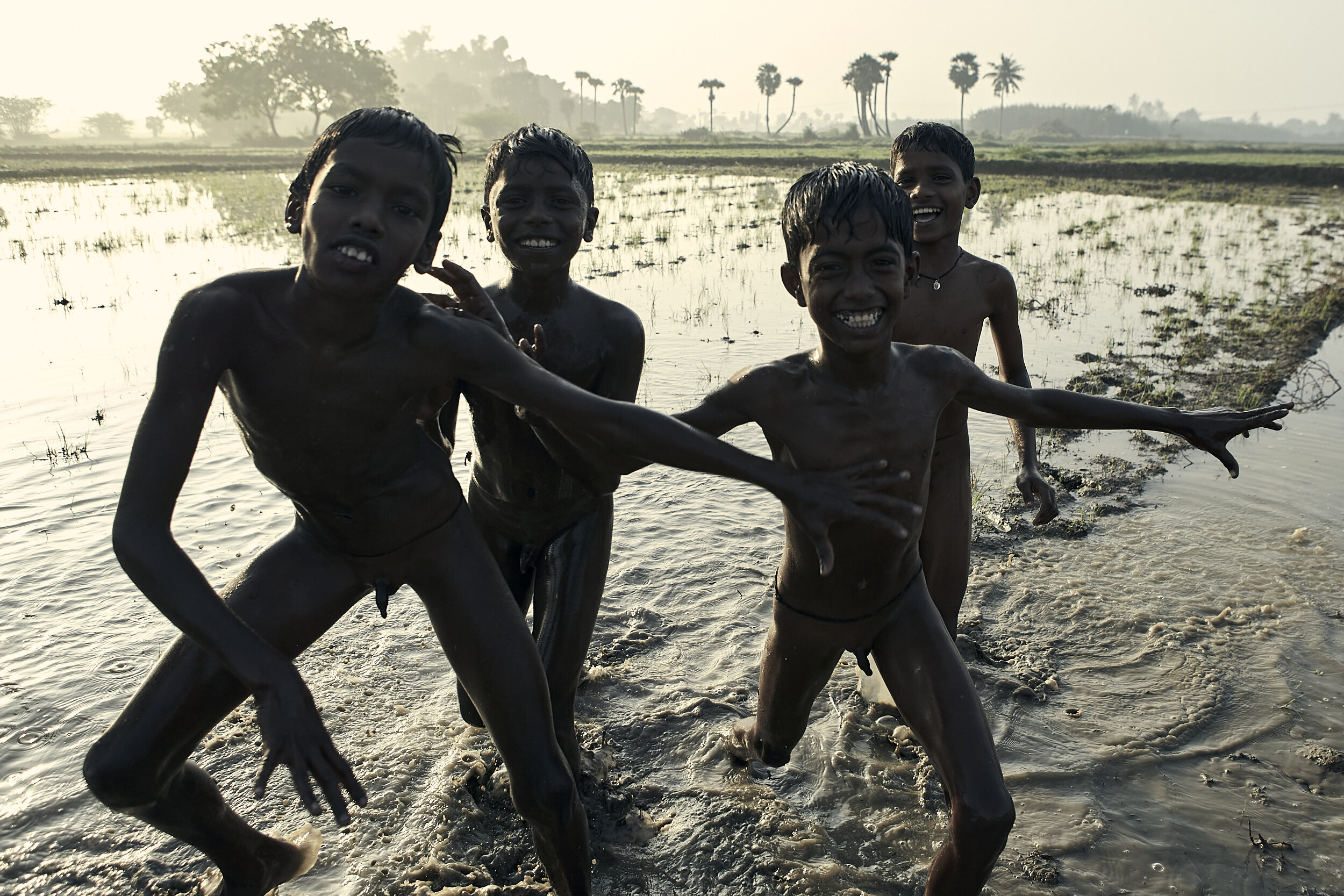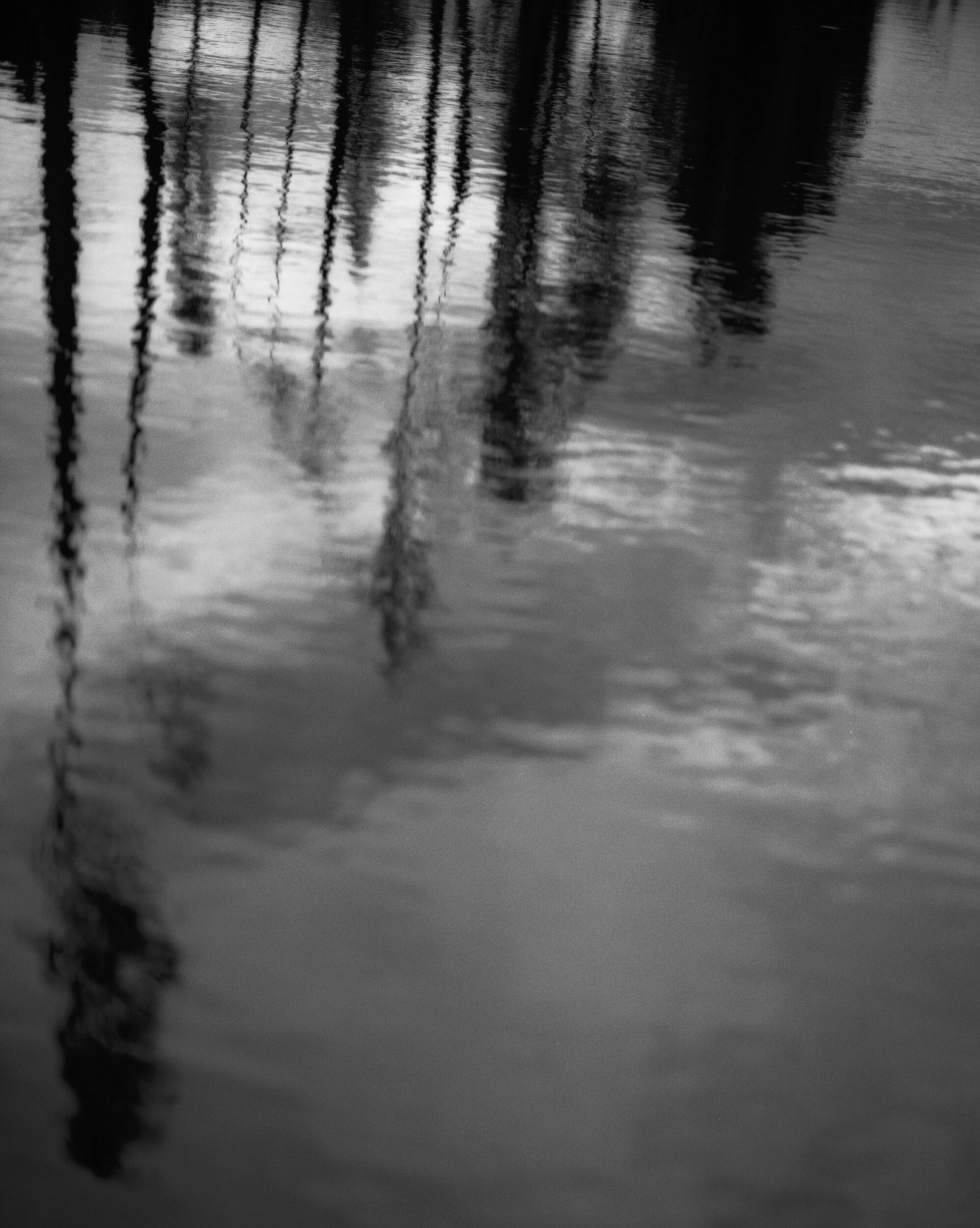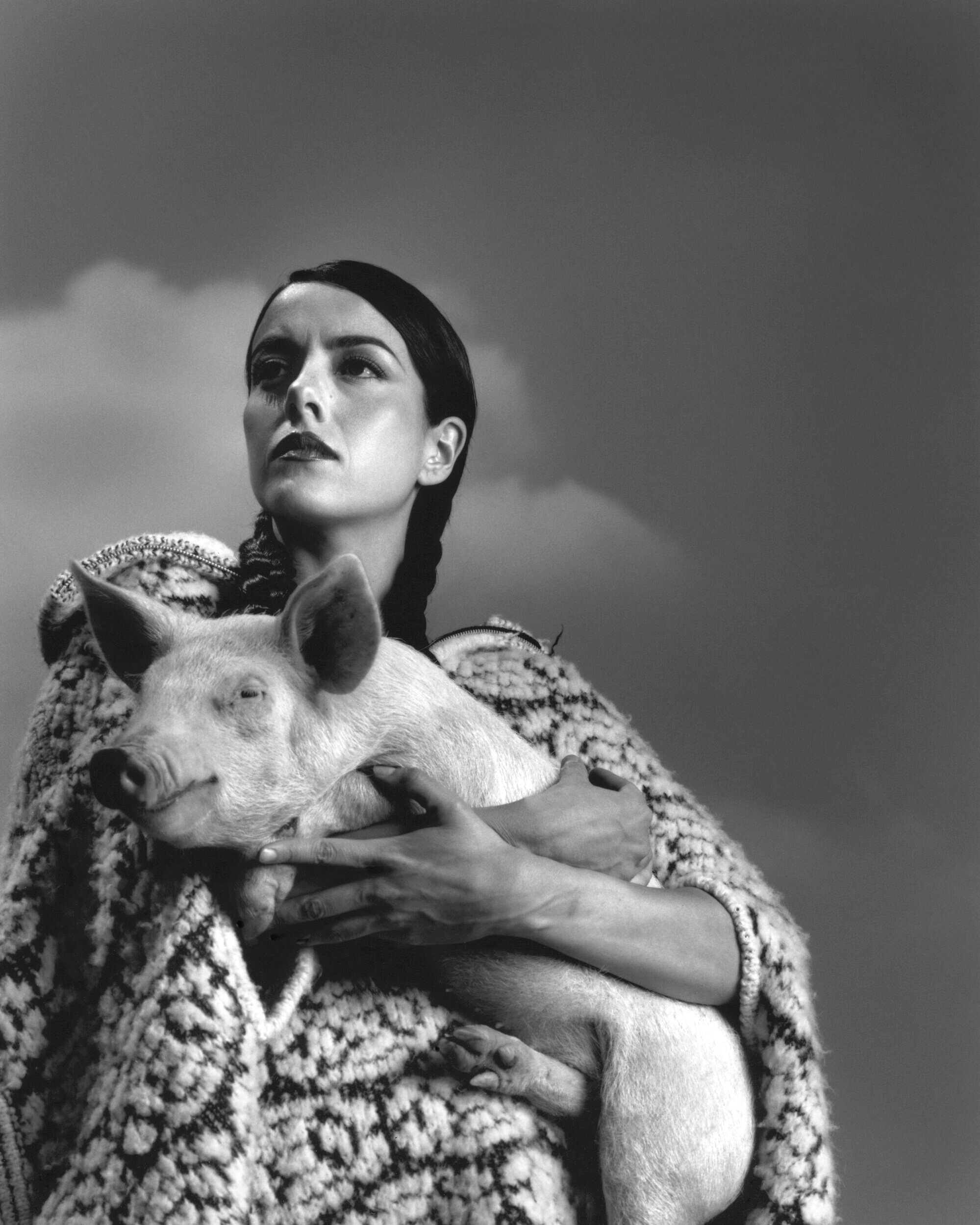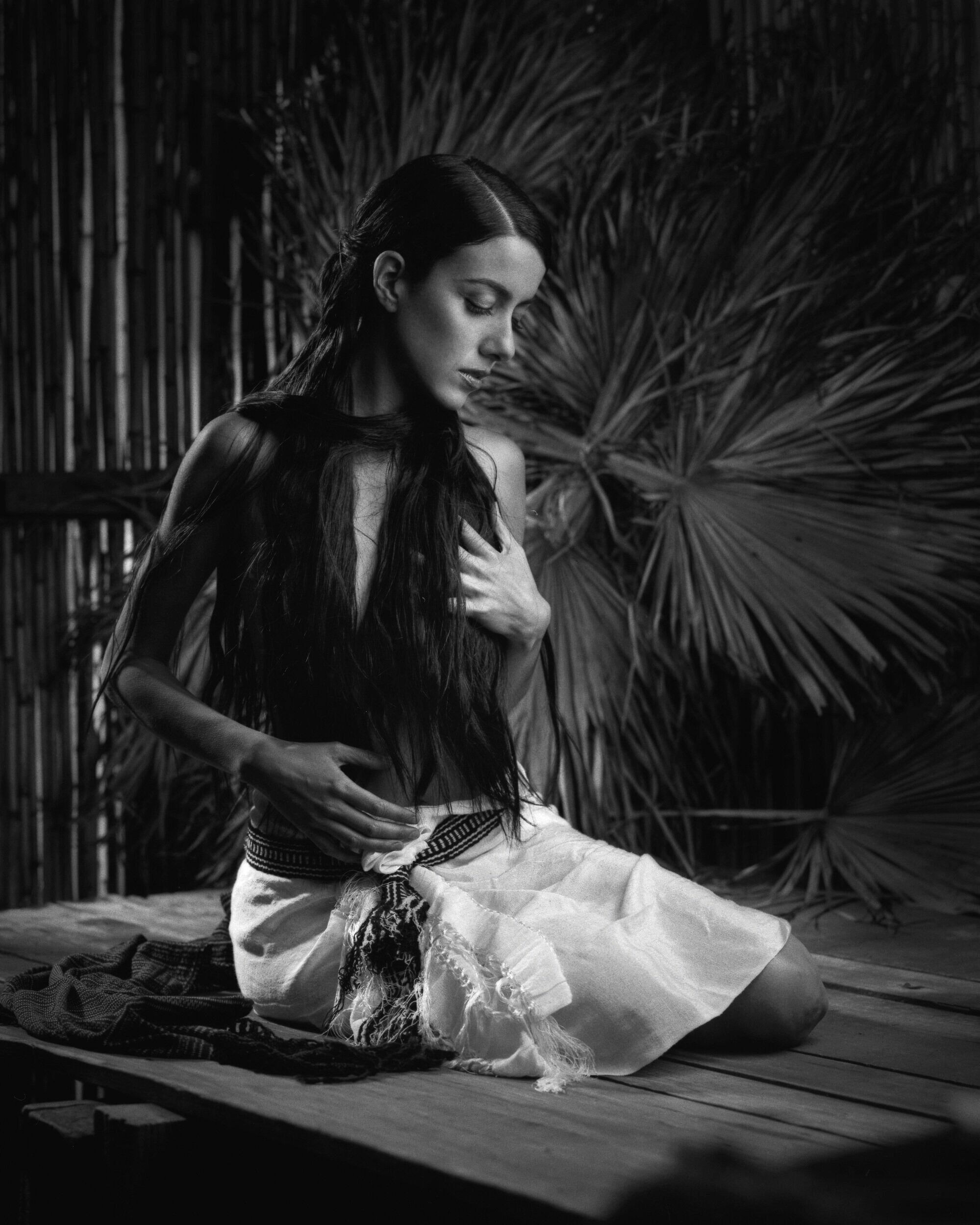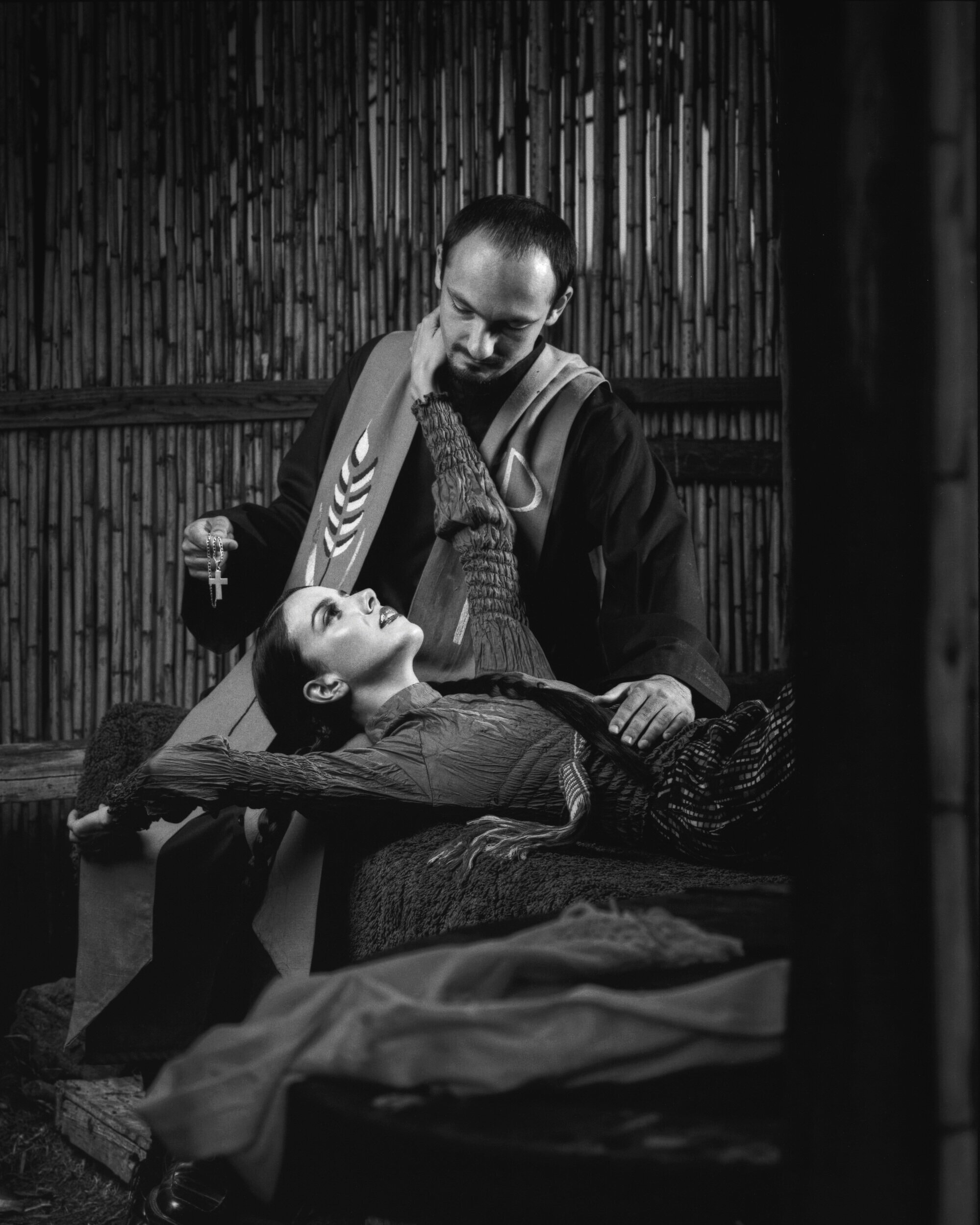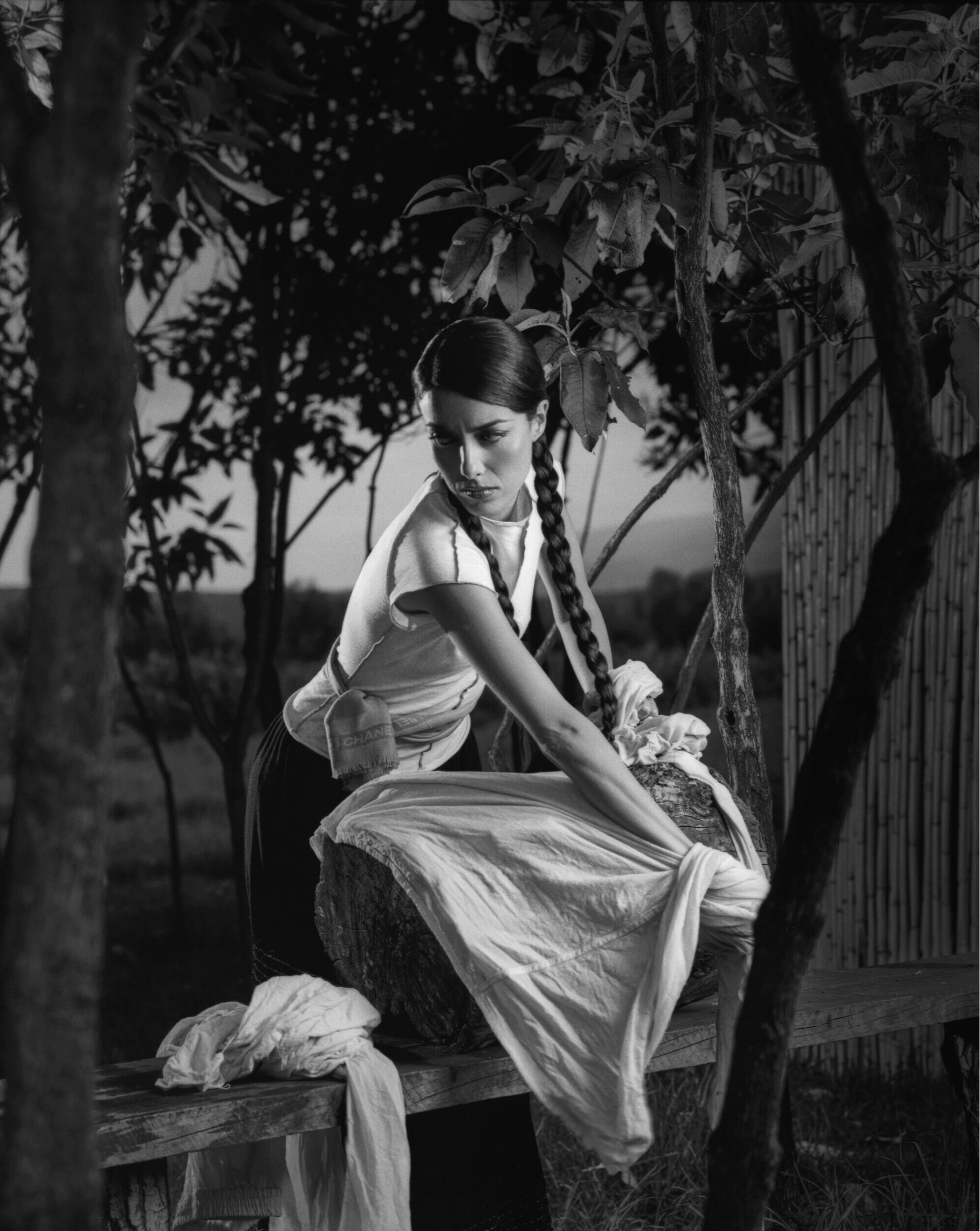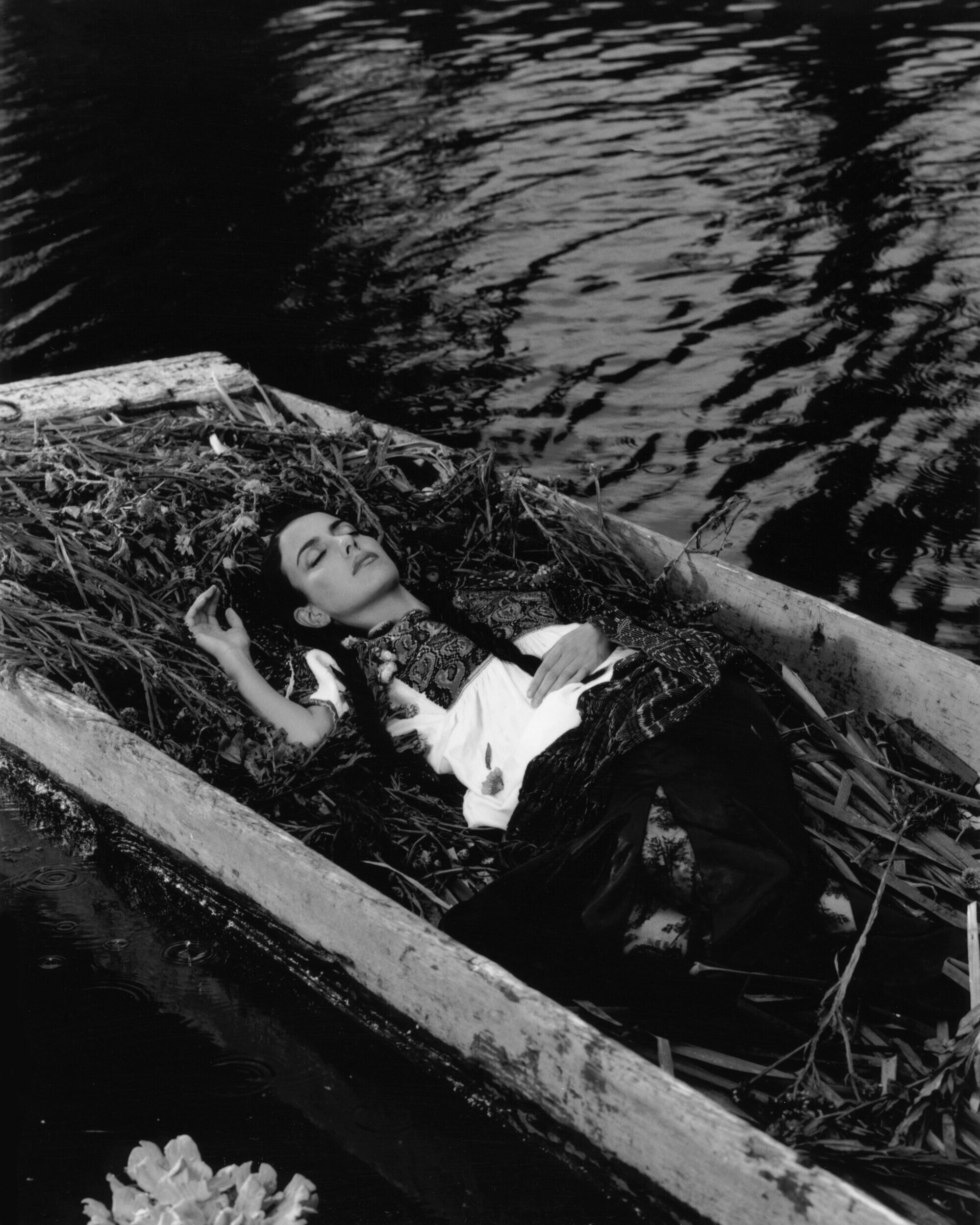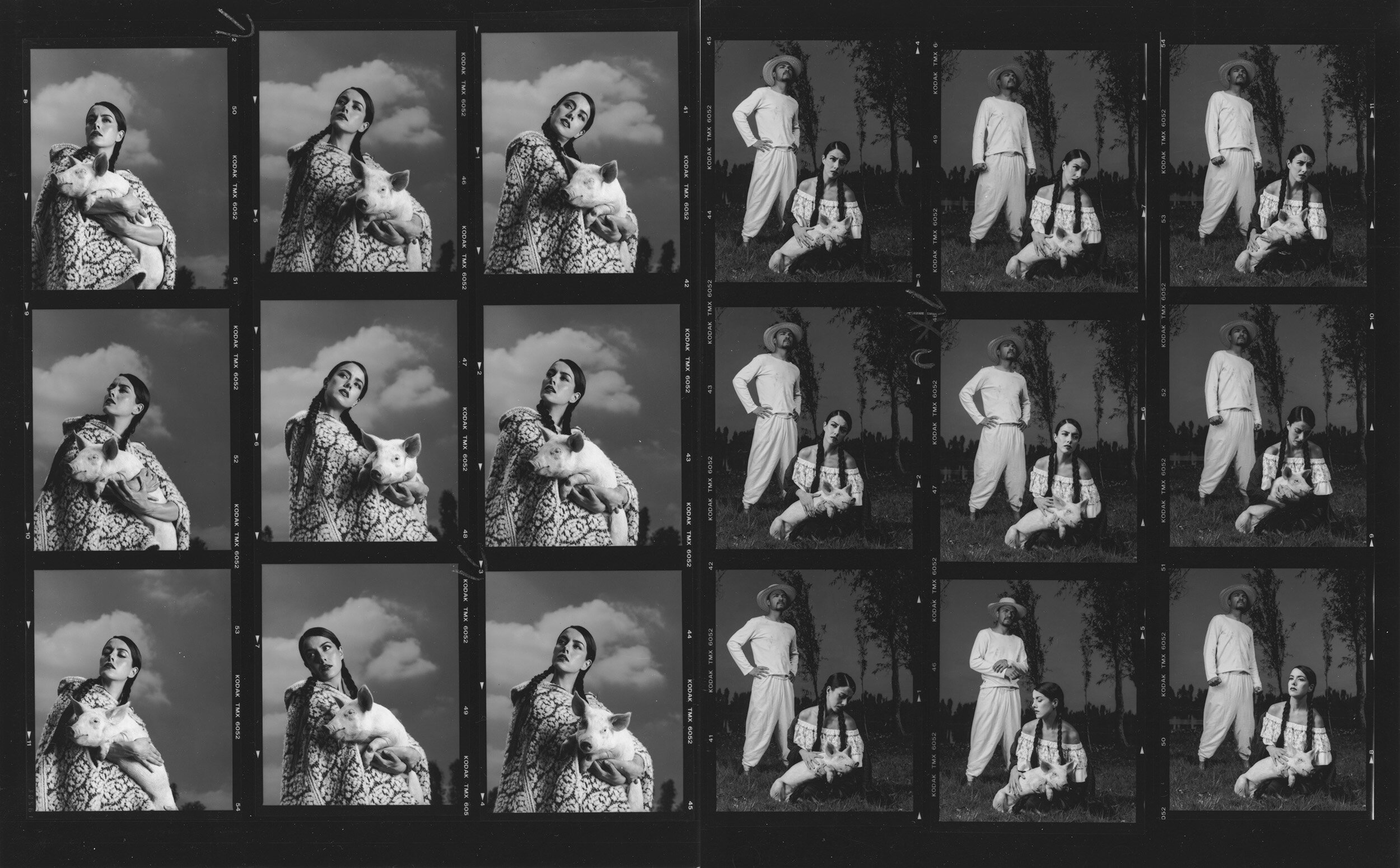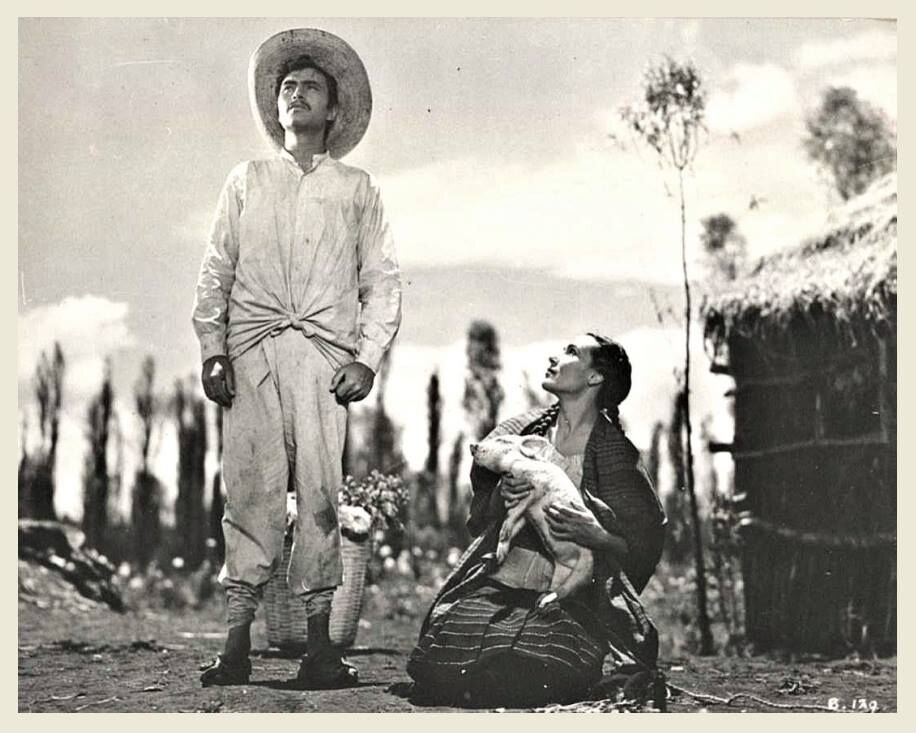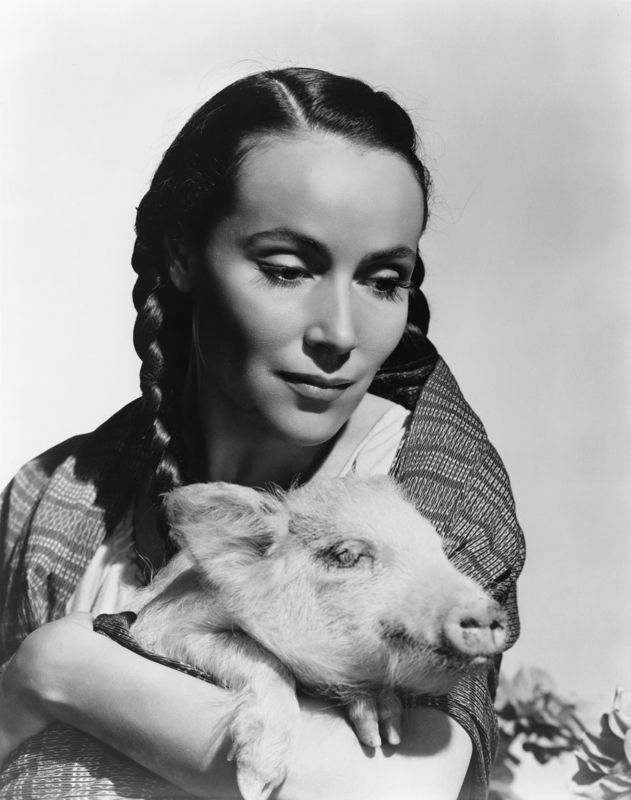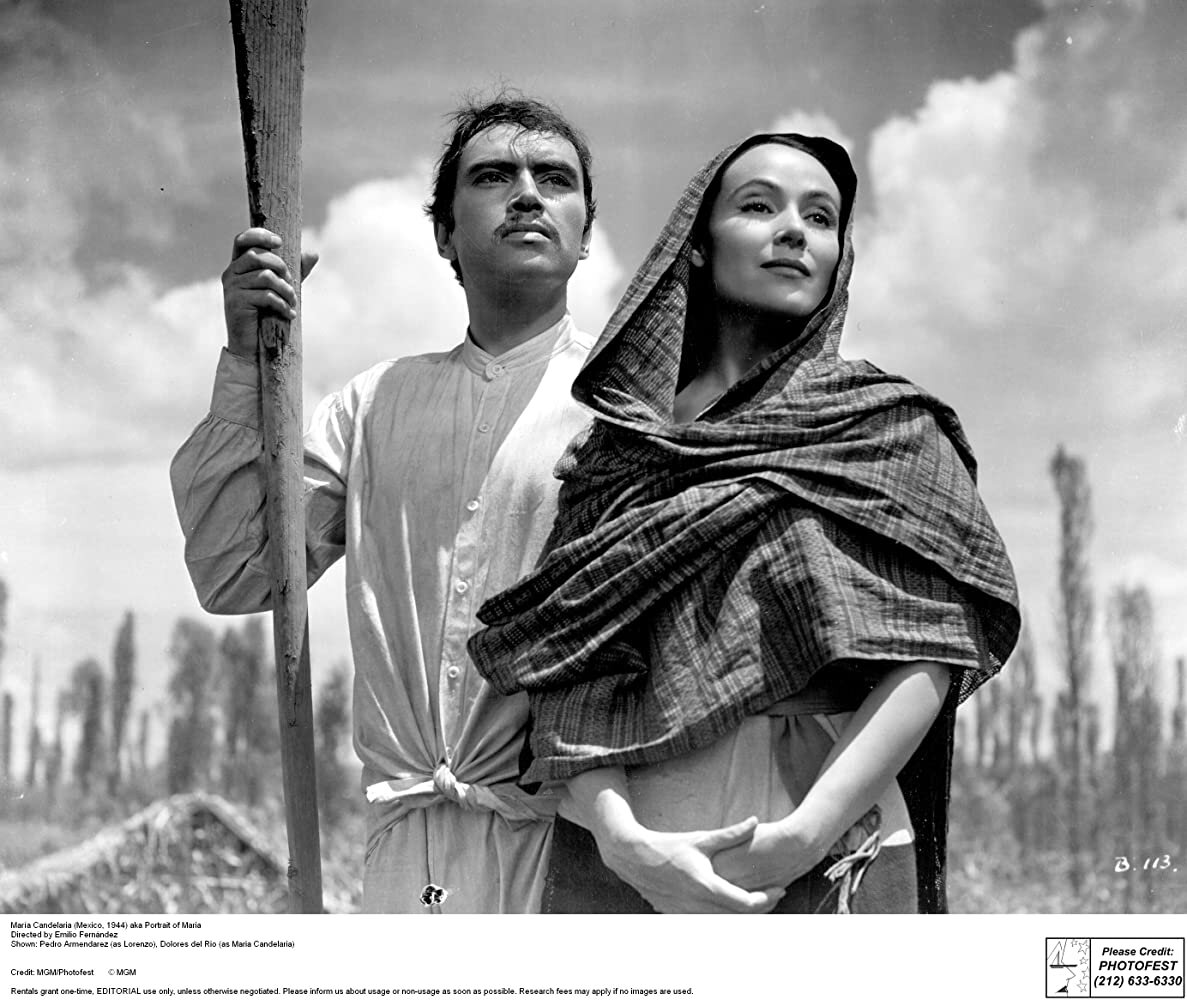Dentro de un cráter, un hombre solo se hace preguntas sobre el tiempo, la eternidad, el vacío y la vida.
SOLO es un proyecto que nace cuando coinciden varios elementos. la influencia de la película “Stalker” de Andrei Tarkovsky, el hallazgo de una localización brutal y la buena disposición de dos amigos, mis asistentes de foto en aquel momento. Además, siempre me han rondado referencias pictóricas que asoman de pronto. En este caso, tuve la influencia del mundo apocalíptico de Odd Nerdrum, un pintor contemporáneo sueco. y de un cuadro de Hyppolyte Flandrin (1809-1849). Y sí, siempre me acuerdo de la danza butoh de Min Tanaka.
La elección de un cráter como localización. De alguna manera significa para mí erupción, epicentro y la forma cóncava sugiere útero. La soledad de un hombre es algo que siempre me ha conmovido, el hecho en sí de nacer y de morir solos. Desde siempre el hombre se ha hecho preguntas. Los hombres en las cuevas, los egipcios, los griegos, los mayas mirando el cielo se hacían las mismas preguntas que miles de años después siguen sin respuesta.
Esta serie es un homenaje a este hombre solo y a su búsqueda incesante de sentido.
Inside a crater, a man only asks himself questions about time, eternity, emptiness and life.
SOLO is a project that is born when several elements coincide: the influence of the film "Stalker" by Andrei Tarkovsky, the discovery of a brutal location and the good disposition of two friends, my photo assistants at the time. Besides, I have always been haunted by pictorial references that suddenly appear. In this case, I was influenced by the apocalyptic world of Odd Nerdrum, a contemporary Swedish painter, and by a painting by Hyppolyte Flandrin (1809-1849). And yes, I always remember Min Tanaka's butoh dance.
The choice of a crater as a location Somehow it means to me rash, epicentre and the concave shape suggests womb. A man's loneliness is something that has always moved me, the very fact of being born and dying alone. Man has always asked himself questions. The men in the caves, the Egyptians, the Greeks and the Mayans looking at the sky asked themselves the same questions that thousands of years later remain unanswered.
This series is a tribute to this lonely man and his relentless search for meaning.
Las imágenes fueron tomadas enteramente en el interior del cráter del Nevado de Toluca, estado de México, una volcán de 4680 mts. de altura. Fueron 2 días de trabajo e hicimos noche dentro también. Las temperaturas en la noche eran bajo cero.
The images were taken entirely inside the crater of Nevado de Toluca, State of Mexico, a volcano of 4680 mts. of height. It was 2 days of work and we did night inside too. The temperatures at night were below zero.
Homme assis au bord de la mer, Hyppolite Flandrin ( 1809-1849)
Odd Nerdrum
Stalker, Andrei Tarkovsky (1979)
Min Tanaka
Among Others
Mamiya RZ 67
Mamiya Sekor 110 mm/ f2.8
Mamiya Sekor 180 mm/ f4.5.
Flashes Elinchrom 1000W/ 500W
Film Negative Kodak Portra 400 ASA
Gracias infinitas a Fabien Tijou y a Ulises Guerrero por acompañarme en aquel viaje al cráter. Fabien soportó estoicamente el agua helada.
Thanks infinitely to Fabien Tijou and Ulises Guerrero for accompanying me on that trip to the crater. Fabien stoically
endured the icy water.





